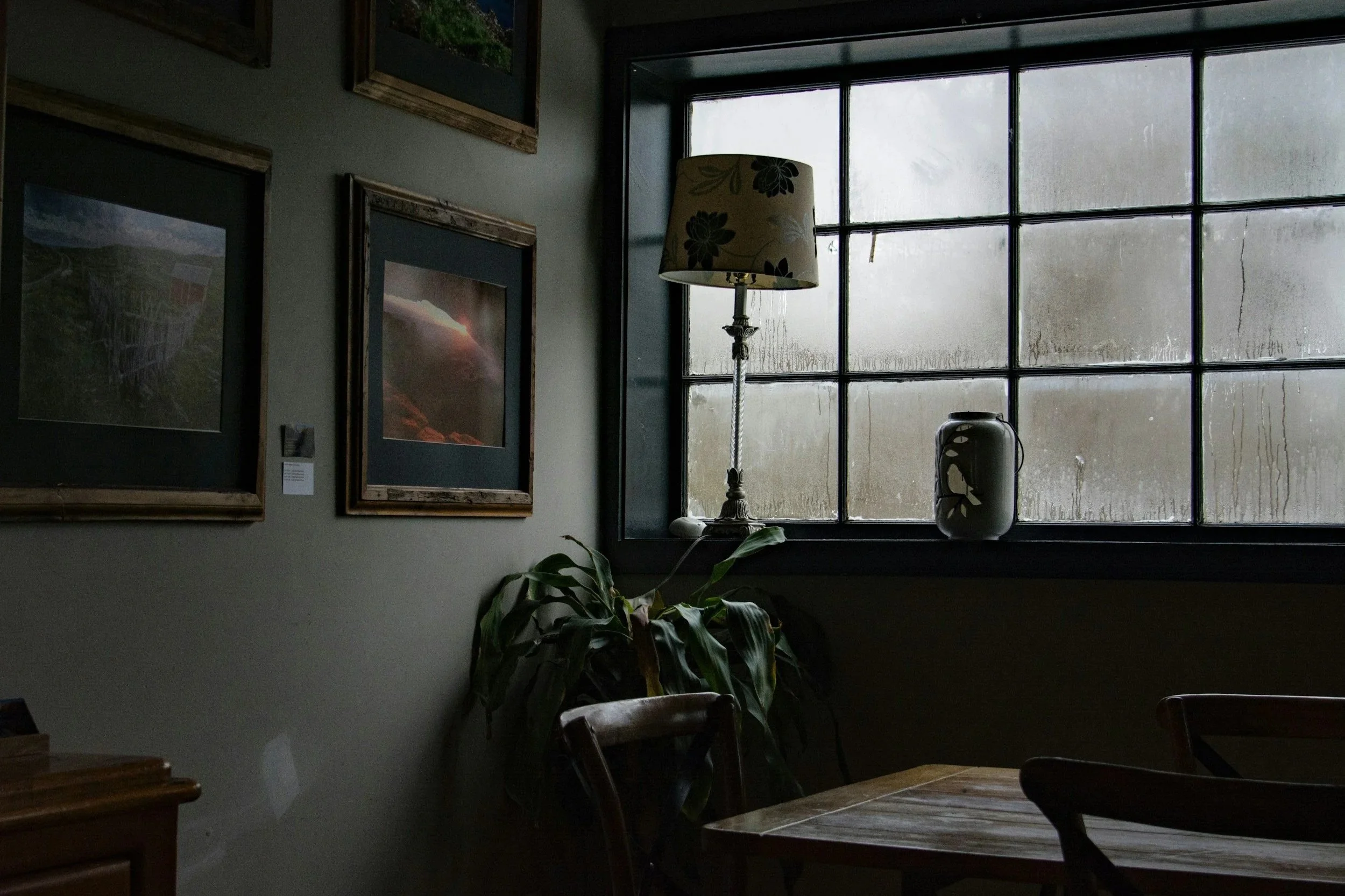Why Horror Works: Lessons For Writers
Even if you don’t write horror, the genre offers valuable lessons for all storytellers. Horror works because it taps into fundamental human emotions - fear, suspense, curiosity, and empathy. It uses tension, pacing, and atmosphere to engage readers and keep them invested. By studying how horror builds and releases tension, writers in any genre can learn to make their stories more gripping, immersive, and emotionally resonant.
1. Tension and Pacing
How Timing Creates Unease
Horror often excels at controlling the pace of a story. Short bursts of high-intensity action followed by quiet, unsettling moments keep readers on edge and alert. This control of pace can strengthen writing in any genre, from romance to mystery, by shaping emotional engagement. Learning when to speed up or slow down a scene adds depth, enhances emotional impact, and keeps readers turning the page.
2. Atmosphere and Setting
Making The Setting Feel Alive
In horror, the setting is never just scenery. A haunted house, a foggy street, or a creaking forest isn’t just a backdrop - it’s a tool for mood, foreshadowing, and immersion. Horror teaches writers to use setting to influence tone, build tension, and support narrative arcs. Through sensory details like texture, light, and sound, writers can use setting to evoke emotion and hint at danger or discovery. These techniques work too in any story where the environment reflects the work’s mood or theme.
3. Character Vulnerability & Empathy
Why We Root For Vulnerable Characters
The heart of great horror isn’t monsters - it’s people. Characters who feel fear, doubt, or guilt draw us closer because they reflect our own humanity. Horror often thrives on human vulnerability: fear, uncertainty, and moral dilemmas. By watching characters navigate danger or confront the unknown, readers experience empathy and investment. Writers can use this to deepen character development in any genre, exploring flaws and resilience to make protagonists more relatable and compelling.
Tip: When readers empathise with a character’s struggle, every triumph (or tragedy) hits harder.
4. Using the Unexpected
The Art Of Subverting Expectations
Horror thrives on surprise. Jump scares, plot twists, and eerie reveals keep audiences attentive, engage readers, heighten stakes, and challenge assumptions. The goal isn’t a cheap shock, but a meaningful surprise - moments that reveal new truths about characters or the world. Writers in other genres can benefit from subverting expectations, introducing surprising consequences, or weaving subtle twists into a story.
5. Exploring Universal Themes
What Horror Teaches About Human Nature
Horror often reflects broader human fears, societal anxieties, or moral questions. Questions arise around isolation, mortality, corruption, or the unknown. From Gothic literature to contemporary psychological thrillers, the horror genre explores power, identity, and morality in raw, visceral ways. Even if your work isn’t frightening, using universal themes in a way that resonates emotionally will strengthen your narrative.
Applying Horror Lessons to Your Writing
Incorporating Horror Techniques Into Your Writing
You don’t need monsters, ghosts, or gore to learn from horror. Study instead how these stories control pacing, build atmosphere, subvert expectations, and develop empathy. Borrow these techniques for your own writing, whatever your preferred genre(s). Horror reminds us that storytelling is about engaging readers’ hearts, minds, and nerves. The best stories don’t just entertain… they unsettle, challenge, and linger.
Which horror stories or suspenseful tales have left a mark on you? Share in the comments or connect with Read Write Geek on social media.





